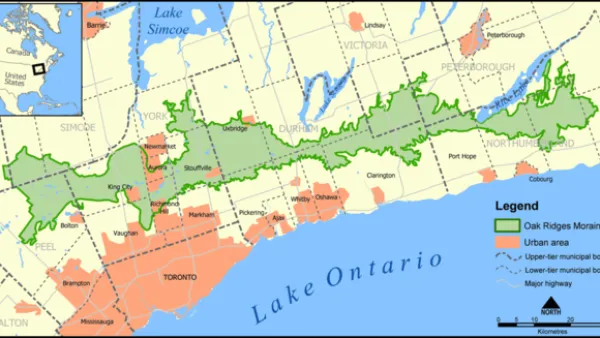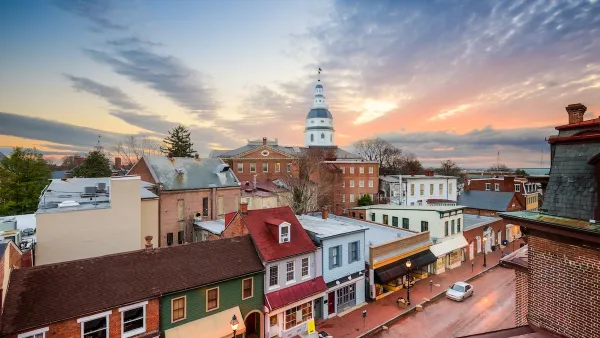As part of Toronto’s tower renewal effort, new zoning allows for the integration of commercial and community uses into post-war tower neighbourhoods while a loan program offers up capital for energy-efficient upgrades.
“This was a great dream of 20th-century architecture: towers that would house people high above the streets, swimming in light and air, surrounded by acres of green lawns,” writes Alex Bozikovic. “The tower in the park, as this type of building was known, has evolved into the tower in the parking lot: They are aging, isolated, lacking services and community.”
Toronto’s inventory of apartment towers is the second-largest in North America, and a critical segment of the city’s rental market. While these units were originally planned for a world where there was a car in every spot, apartment towers are now home to many new Canadians and lower-income families to whom a landscape of undefined open space and parking is of little use. New zoning, adopted this spring, will allow for the previously prohibited incorporation of small shops, home-based businesses and community services into a number of tower neighborhoods.
Additionally, to help finance green upgrades to these notoriously inefficient structures, the City has made special loans available to building owners. “The carbon footprints of the buildings will be reduced; property owners will pay back the loans over time, via extra charges on their property taxes, and profit over the long term; and tenants will live better,” says Bozikovic. “Everyone wins.”
FULL STORY: Toronto hopes to revitalize its many postwar highrises

National Parks Layoffs Will Cause Communities to Lose Billions
Thousands of essential park workers were laid off this week, just before the busy spring break season.

Retro-silient?: America’s First “Eco-burb,” The Woodlands Turns 50
A master-planned community north of Houston offers lessons on green infrastructure and resilient design, but falls short of its founder’s lofty affordability and walkability goals.

Delivering for America Plan Will Downgrade Mail Service in at Least 49.5 Percent of Zip Codes
Republican and Democrat lawmakers criticize the plan for its disproportionate negative impact on rural communities.

Test News Post 1
This is a summary

Test News Headline 46
Test for the image on the front page.

Balancing Bombs and Butterflies: How the National Guard Protects a Rare Species
The National Guard at Fort Indiantown Gap uses GIS technology and land management strategies to balance military training with conservation efforts, ensuring the survival of the rare eastern regal fritillary butterfly.
Urban Design for Planners 1: Software Tools
This six-course series explores essential urban design concepts using open source software and equips planners with the tools they need to participate fully in the urban design process.
Planning for Universal Design
Learn the tools for implementing Universal Design in planning regulations.
EMC Planning Group, Inc.
Planetizen
Planetizen
Mpact (formerly Rail~Volution)
Great Falls Development Authority, Inc.
HUDs Office of Policy Development and Research
NYU Wagner Graduate School of Public Service





























